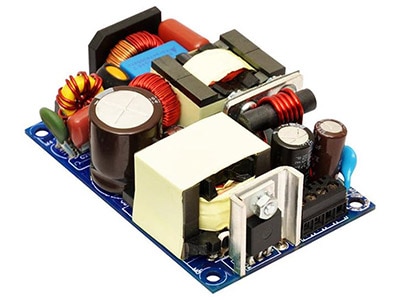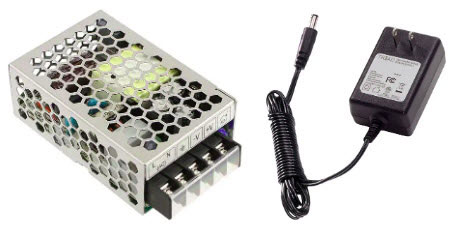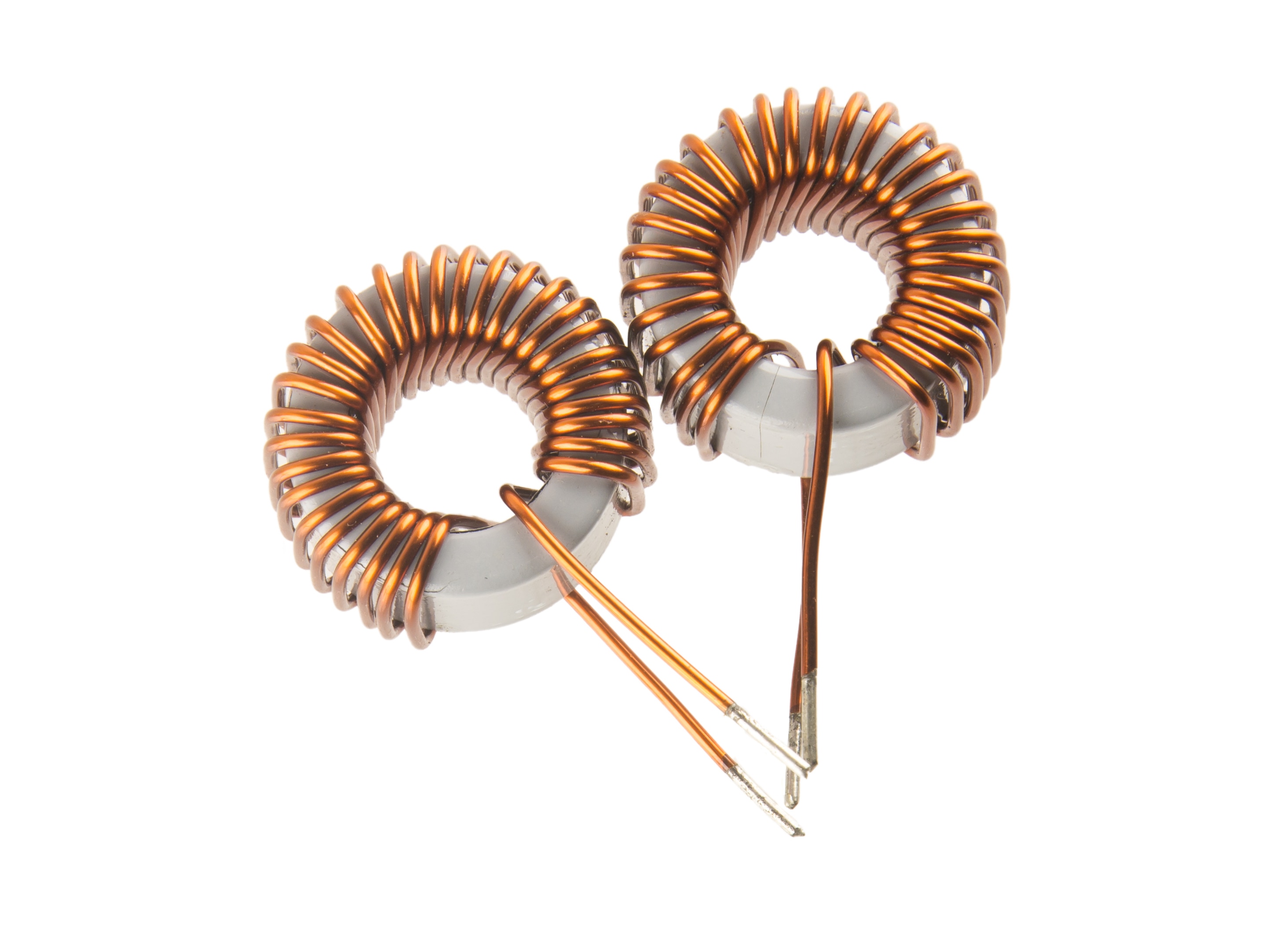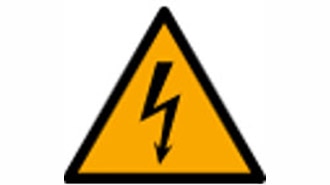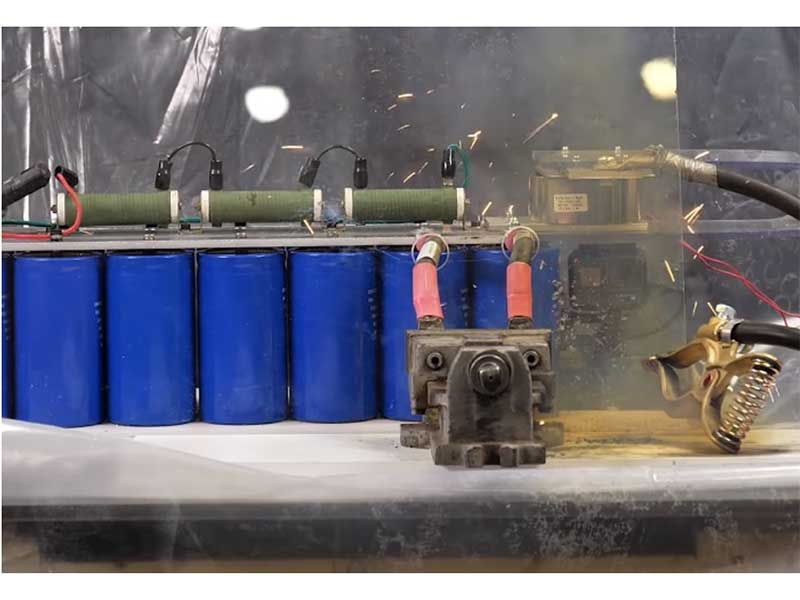DIY simple Spark Gap Tesla Coil
2024-02-09 | By Mirko Pavleski
License: General Public License Voltage Regulators Arduino
Tesla coil is a type of resonant transformer circuit invented by Nikola Tesla around 1891. It is a high-frequency air-core transformer that produces high-voltage, low-current, and high-frequency alternating-current electricity. In general, Tesla coils can be divided into two groups, Spark Gap, and Solid-State Tesla Coils. In some of my previous videos you can see some Solid State Tesla Coils made with Transistors and Vacuum Tubes. This time I will describe to you how to make a Spark Gap Tesla Coil which is actually the simplest type of Tesla Coil. I recently received a gift, which was the main reason for starting this project.
**Safety Warning:**
Before attempting to recreate the experiments showcased in this project, it is imperative to understand the inherent dangers associated with handling high-voltage equipment. Ignorance or negligence towards safety protocols can result in severe injury or even fatality.
1. **High Voltage Hazard:** The DIY Spark Gap Tesla Coil project involves handling voltages as high as 8000 volts. Direct contact with such voltage levels can be fatal. Even after disconnecting the AC supply, residual energy stored in the capacitors poses a significant risk.
2. **Electric Shock Risk:** Exposure to voltages exceeding 60V, whether DC or AC, carries a substantial risk of electric shock. Capacitor discharge or accidental contact with live components can lead to serious injuries.
3. **Potential Fire Hazard:** Improper assembly or operation of the Tesla Coil can result in sparks or electrical arcs, potentially causing fires. Ensure proper insulation and containment measures are in place to mitigate this risk.
4. **Safety Gear Requirement:** Protective gear, including insulating gloves, safety goggles, and non-conductive footwear, is essential when working with high-voltage equipment. Failure to wear appropriate protective gear increases the risk of injury.
5. **Qualified Supervision:** Attempting this project without proper knowledge or supervision from qualified individuals greatly increases the likelihood of accidents. Seek guidance from experienced professionals or enthusiasts familiar with high-voltage safety techniques.
Remember, your safety is paramount. Do not underestimate the risks associated with high-voltage experimentation. Proceed with caution, adhere to safety guidelines, and prioritize your well-being above all else.
DISCLAIMER: DigiKey assumes no liability for any accidents, injuries, or damages resulting from the replication or misuse of the information provided. By attempting to recreate this project, you acknowledge and accept full responsibility for your actions and any associated consequences. Safety should always be your top priority.
"Spark Gap" Tesla coil consists of the following parts - Primary Coil consisting of several turns of thick copper tube - Secondary coil containing about 1000 turns of thin lacquered copper wire - A high voltage source, in this case a Neon Sign Transformer - Spark Gap - high voltage capacitor bank - and Toroidal Top Load Terminal
Let me briefly describe the function of each of these parts:
- The power source is this neon sign transformer with an output voltage of 8000 volts and a current of 30mA. The total power of the device depends on this transformer (the value of the output voltage, affects the length of the spark).
- The primary coil is the first coil in the transformer, typically consisting of a few turns of heavy wire, and it is connected to a power source.
- Capacitor connected in parallel with the primary coil, and it stores electrical energy during the charging phase.
- The spark gap is a switch that rapidly discharges the capacitor into the primary coil. It consists of electrodes separated by a small gap. When the voltage across the spark gap reaches a critical value, a spark jumps across the gap, allowing the capacitor to discharge rapidly.
- The secondary coil is a large number of turns of fine wire wound around the primary coil. It is not electrically connected to the primary coil but is in close proximity. The changing magnetic field induced by the primary coil in the secondary coil causes a voltage to be generated.
- And a top Load which is located at the top of the secondary coil, there is usually a toroid or a metal sphere, and this helps to concentrate the electric field and enhance the efficiency of the coil. In an ideally tuned Tesla coil, the resonant frequency of the primary LC circuit should be equal to the resonant frequency of the secondary coil.
It is very difficult and almost impossible to achieve this by simply changing the number of windings, or the value of a capacitor bank, as most beginners in this field think. This can be achieved relatively easily using several online calculators of which I think the most used is JavaTC. Also, a great source of information and online calculators is the deepfriedneon site.
For the sake of ease of manufacture and visibility, I made the Tesla coil on a flat board, but I soon realized that I could have problems with a spark jump on the HV transformer, which would be fatal for it. So, for protection I installed metal mesh around the power transformer which is connected to the ground. Therefore, most often the drive part is placed under the primary and secondary coil.
And now let's see how this device works in real conditions. I should mention that for grounding I use a long metal rod stuck in wet soil.
As can be seen in the video, with a fully tuned Tesla coil I achieved a spark length of about 40+ cm, which is a good result for such a relatively small power neon sign transformer.
And finally, a short conclusion. This was my first Spark Gap Tesla coil, and it gave me a lot of pleasure both in making and in operation. However, it should be kept in mind that the manufacture and maintenance of such a device is relatively expensive, especially if we have to buy all the components. Fortunately, the most expensive parts, the power transformer and capacitor bank, I already had, and there was no need to buy them. Otherwise, the night view of a functioning Tesla Coil always attracts enormous attention with its audio and visual effect. SAFETY NOTE: Please do not attempt to recreate the experiments shown on this video unless you are familiar with High Voltage Safety Techniques! Direct Current even above 60V maybe lethal, even when the AC supply voltage has been disconnected due to the stored energy in the capacitors. I have no responsibility on any hazards caused by the circuit. Be very careful. This is a humble request.





